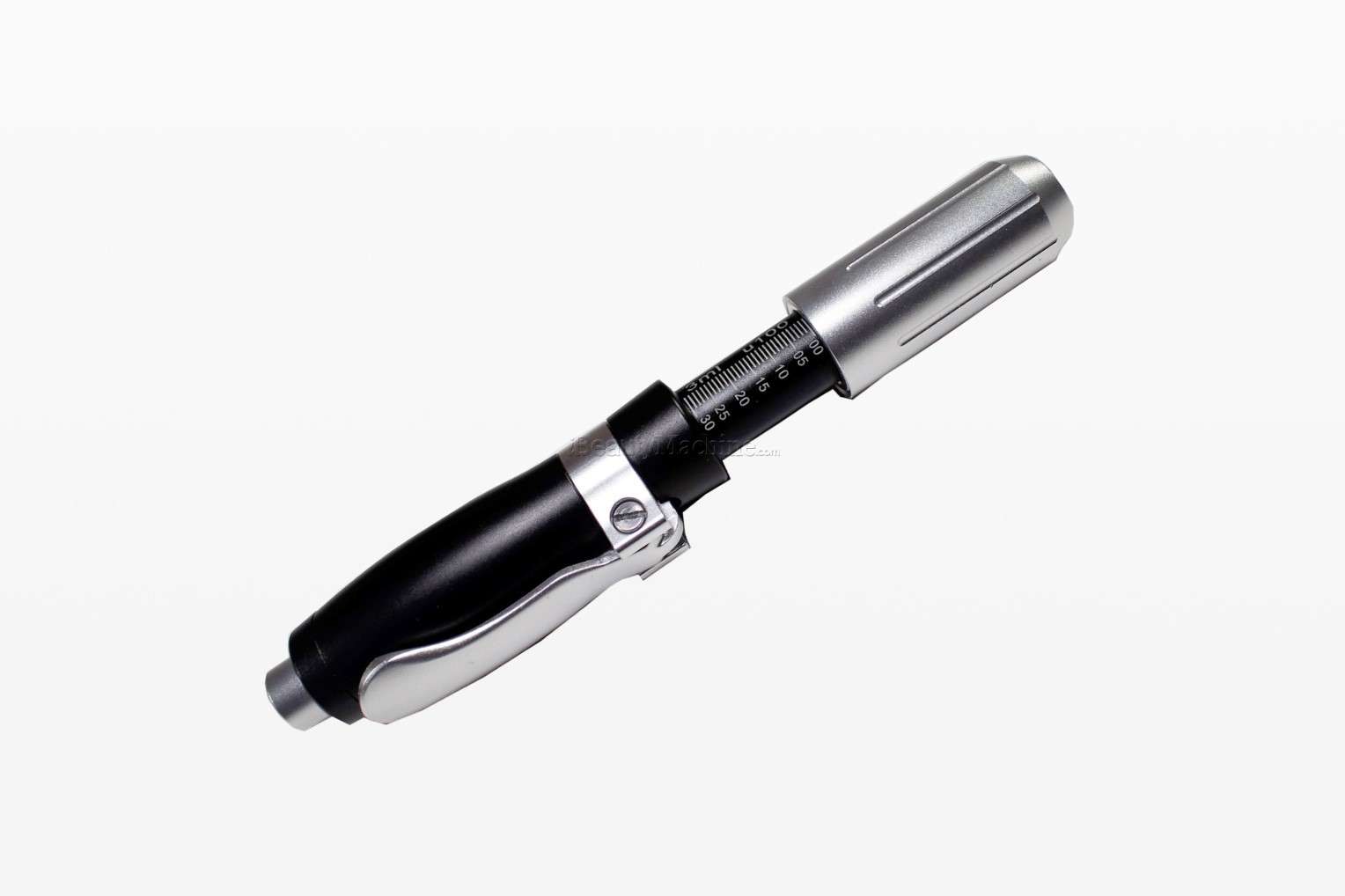


People enjoy hyaluronic acid pens because they provide a safe way to inject them into the skin without needles. They can reduce wrinkles, enhance volume around the mouth, and enhance hydration within the epidermis.
Hyaluronic acid pens push the substance into the skin under high pressure to reduce discomfort. Although this tool works for many people, it might occasionally encounter troubles. Understanding how to fix these problems is crucial to guaranteeing pleasant treatments and preventing product waste or skin distress.
This blog will look at typical issues related to hyaluronic acid pens and share simple remedies.
A frequent concern with hyaluronic acid pens involves anomalies in product release. This problem can prove irritating, yet it is commonly solved with simple solutions.
It would be best to examine the pressure when your pen doesn't deliver the product. The pen uses air pressure to send the hyaluronic acid into the skin. If the pressure drops below a certain level, the product won't depart. Check whether the pen can release air properly, as the label states. If the pressure drops, refill or recharge the pen as required.
Yet another reason for no product release is incorrect loading. Confirm that the pen has been adequately filled with hyaluronic acid. Pay attention to the guidance precisely; failing to complete a step can hinder product release. Occasionally, the nozzle can get clogged and restrict the flow of hyaluronic acid. Gently clean the nozzle of any particles using either a cloth or the supplied removal tool.
If hyaluronic acid is not evenly applied, it can cause results that vary in quality, with undesirable patches on the skin. Uneven product coverage frequently results from using the wrong pressure or executing poorly. Ensure that you select the appropriate pressure settings for the region you are working on. The skin around the eyes may demand less pressure; therefore, larger areas may need higher pressure. Change the settings based on your needs and repeat.
Improper methods can produce an unequal distribution of products. Follow a 90-degree angle as you hold the pen and glide it across the treatment area. Shifting the pen quickly or slowly or holding it wrongly results in uneven product application. Mastering your application and complying with the hyaluronic acid pen manufacturer's recommendations can yield more reliable outcomes.
Hyaluronic acid leakage can be troublesome and result in wasted products. This problem arises regularly when the pen is improperly assembled or has damaged seals.
Start by separating and reuniting the pen, ensuring all parts are correctly fastened. Don’t squeeze too hard; this may result in damage. If tightening is correct but the pen leaks despite that, check the seals. In time, the seals can weaken and permit leakage. Damaged seals might require you to replace them. Engage with the supplier to secure replacements or decide to buy a new pen if you need one.
Hyaluronic acid pens are meant to be a comfortable choice over needle injections, but some people still notice pain when applying them. You may experience discomfort when the pen uses high settings or when you have sensitive skin.
Discomfort may occur when using the pen on delicate areas in a high-pressure setting. Reduce the pressure level and observe if it improves comfort. Begin using the gentlest pressure setting, then adjust it upwards if necessary. If you have sensitive skin, a gentle pressure level may cause discomfort. Before employing the pen, you can apply a numbing cream to the affected area. This will lessen the feelings of pain. When the pain endures, you may want to seek advice from a professional or adopt another option.
Some people may observe rashes or redness after using a hyaluronic acid pen. Although light redness is typically okay, more intense responses necessitate quick intervention. Skin reactions can be caused by allergies to hyaluronic acid or any other compound in the product. Before using the pen over a larger area, consider applying a tiny amount of the product to your skin to ensure no allergic reactions. If you have an allergic reaction, stop using the product and speak with a dermatologist.
Repeated use of the pen has the potential to cause skin problems. Excessive use of the pen or excessive product application may cause skin irritation.
Follow the maker's advice on using the pen and the amount of product to use. After using it, thoroughly clean the pen to avoid bacteria buildup. When the pen receives insufficient cleaning, bacteria can accumulate and provoke infections or blemishes.
Hyaluronic acid pens can help you attain smoother, more moisturized skin without relying on needles. Like other devices, these devices may have issues. However, many difficulties are manageable and straightforward to handle. Applying these troubleshooting techniques will help your hyaluronic acid pen perform flawlessly and maintain its effectiveness.